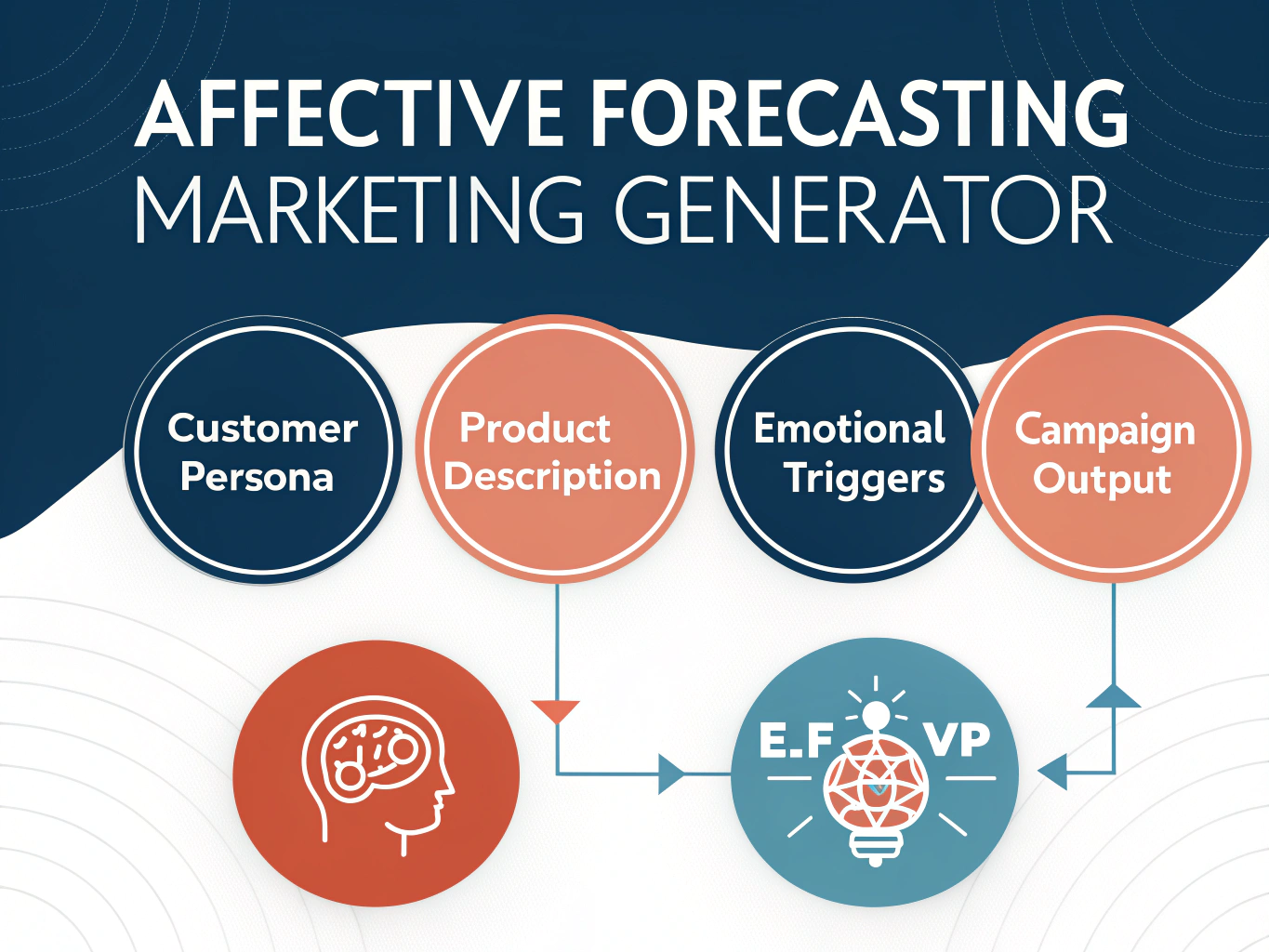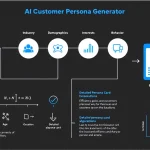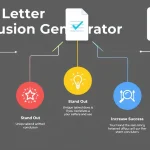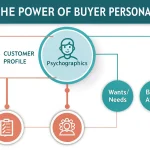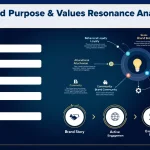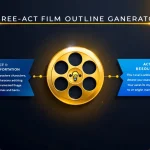Is this tool helpful?
How to Use the Affective Forecasting Marketing Campaign Generator Effectively
This tool helps you craft marketing campaigns that connect deeply by predicting the emotions your customers will feel. Follow these steps to get the most from your campaign creation process:
-
Customer Persona Description: Describe your ideal customer in detail to target your messaging accurately.
- Example 1: “Young professionals aged 22-30, living in urban areas, passionate about sustainable fashion and ethical brands.”
- Example 2: “Retired baby boomers, suburban homeowners, interested in gardening, travel, and wellness.”
-
Product/Service Description: Provide a clear name and overview of what you offer.
- Example 1: “Glow Skin Serum – An all-natural anti-aging facial treatment designed for sensitive skin.”
- Example 2: “EduSpark Online – Interactive courses for early childhood educators focusing on modern teaching methods.”
-
Key Features and Benefits: List the main features and explain how they help your customers.
- Example 1: “Rich in antioxidants, fast-absorbing formula, dermatologist-tested, reduces fine lines.”
- Example 2: “Self-paced modules, downloadable resources, expert-led webinars, community forums.”
-
Desired Emotions: State the feelings you want your customers to experience.
- Example 1: “Renewal, confidence, joy.”
- Example 2: “Inspiration, trust, belonging.”
What the Affective Forecasting Marketing Campaign Generator Does and Its Benefits
The Affective Forecasting Marketing Campaign Generator helps you create marketing messages that predict and appeal to your customers’ future emotions when they use your product or service. By focusing on emotional triggers, your campaigns become more relevant and compelling.
With this tool, you can expect:
- Deeper emotional connections: Your messages will align with your audience’s feelings and motivations.
- Better campaign impact: Use psychological insights to guide your content and calls to action.
- Time savings: Quickly generate emotionally intelligent marketing content without complex research.
- Consistent brand tone: Keep your messaging harmonious while tuning in to emotional cues.
- Strategic message alignment: Ensure your campaigns match your customer’s journey and key touchpoints.
Practical Applications of the Campaign Generator
This tool is ideal for marketers, small business owners, and content creators who want to craft emotionally resonant campaigns efficiently. Simply enter your customer persona, product details, key benefits, and the emotions you want to evoke, and the tool generates a tailored marketing campaign outline.
Example Use Case 1: Boutique Cafe Launch
- Customer Persona: Local foodies aged 30-45, eco-conscious, interested in artisanal products.
- Product: FreshBrew Cafe – Organic coffee with unique single-origin blends.
- Desired Emotions: Comfort, curiosity, community.
Using these inputs, the tool produces marketing copy that emphasizes authenticity, warmth, and a sense of belonging to attract the right audience.
Example Use Case 2: Mobile App for Time Management
- Customer Persona: Busy professionals aged 25-40, tech-savvy, seeking better productivity tools.
- Product: TimeGuard – App that tracks tasks and provides smart scheduling alerts.
- Desired Emotions: Control, relief, motivation.
This input yields campaign content emphasizing how users gain mastery over their day and reduce stress.
Understanding Affective Forecasting and Emotional Influence in Marketing
Affective forecasting predicts how people will feel about future experiences. Marketers leverage this by creating messages that anticipate the emotional impact products or services will have on customers.
Mathematical Model for Forecasted Emotional Impact
The forecasted emotional impact E_f is calculated as:
$$ E_f = \sum_{i=1}^{n} (V_i \times P_i) $$- E_f = Total predicted emotional impact
- V_i = Value or intensity of each emotional trigger
- P_i = Probability that the trigger will resonate emotionally
- n = Number of emotional triggers used
This framework helps marketers select and weight emotional triggers to maximize campaign effectiveness.
How Emotional Intelligence Solves Marketing Challenges
Evaluating Customer Journey Satisfaction
Emotional responses at various touchpoints influence overall customer satisfaction. The journey satisfaction score J_s expresses this idea mathematically:
$$ J_s = \frac{\sum_{t=1}^{m} (E_t \times W_t)}{m} $$- J_s = Journey satisfaction score
- E_t = Emotional impact at touchpoint t
- W_t = Weight or importance of touchpoint t
- m = Total number of customer touchpoints
Measuring Emotional Impact Effectiveness
The emotional impact score I_e combines response and engagement metrics for your campaign:
$$ I_e = \frac{(R_p \times E_v) + (S_e \times C_r)}{2} $$- I_e = Emotional impact score
- R_p = Response rate percentage
- E_v = Emotional value rating of the message
- S_e = Share of emotional engagement in audience interactions
- C_r = Conversion rate from campaign actions
Frequently Asked Questions About Emotional Marketing and This Tool
What does affective forecasting mean in marketing?
It means predicting how customers will feel about your product in the future and using those insights to tailor your marketing messages.
How does emotional mapping improve campaigns?
Emotional mapping identifies where customers feel certain emotions in their journey, allowing you to craft messages that resonate at each stage effectively.
Who benefits most from this marketing campaign tool?
Businesses that want to build stronger emotional connections with customers, including startups, nonprofits, e-commerce stores, and B2B companies.
How do I maximize my marketing campaign results?
Provide detailed customer personas, choose authentic emotional triggers, and maintain consistent brand voice throughout your messaging.
What makes a good emotional trigger?
Triggers that are sincere, closely tied to your customers’ values, and highlight real benefits of your product.
How often should I refresh my marketing campaigns?
Regular updates based on feedback, market changes, and seasonal trends keep campaigns relevant and impactful.
Can I create campaigns for multiple market segments?
Yes. By adjusting customer personas and emotional triggers, you can generate distinct campaigns tailored for each segment.
Why is brand voice important in emotional marketing?
Your brand voice builds trust and familiarity, ensuring emotional messages feel authentic and consistent across all communications.
Best Practices for Emotional Marketing Success
Build Authentic Connections
- Focus on genuine needs and motivations of your customers.
- Link emotional appeals to actual benefits your product provides.
- Keep messaging consistent across all marketing channels.
- Test your campaigns with real audience members to ensure resonance.
Track and Measure Emotional Impact
Measuring emotional effectiveness helps refine your campaigns. Use metrics like response rates, engagement levels, and conversion rates to gauge success and improve future efforts.
Important Disclaimer
The calculations, results, and content provided by our tools are not guaranteed to be accurate, complete, or reliable. Users are responsible for verifying and interpreting the results. Our content and tools may contain errors, biases, or inconsistencies. Do not enter personal data, sensitive information, or personally identifiable information in our web forms or tools. Such data entry violates our terms of service and may result in unauthorized disclosure to third parties. We reserve the right to save inputs and outputs from our tools for the purposes of error debugging, bias identification, and performance improvement. External companies providing AI models used in our tools may also save and process data in accordance with their own policies. By using our tools, you consent to this data collection and processing. We reserve the right to limit the usage of our tools based on current usability factors.
